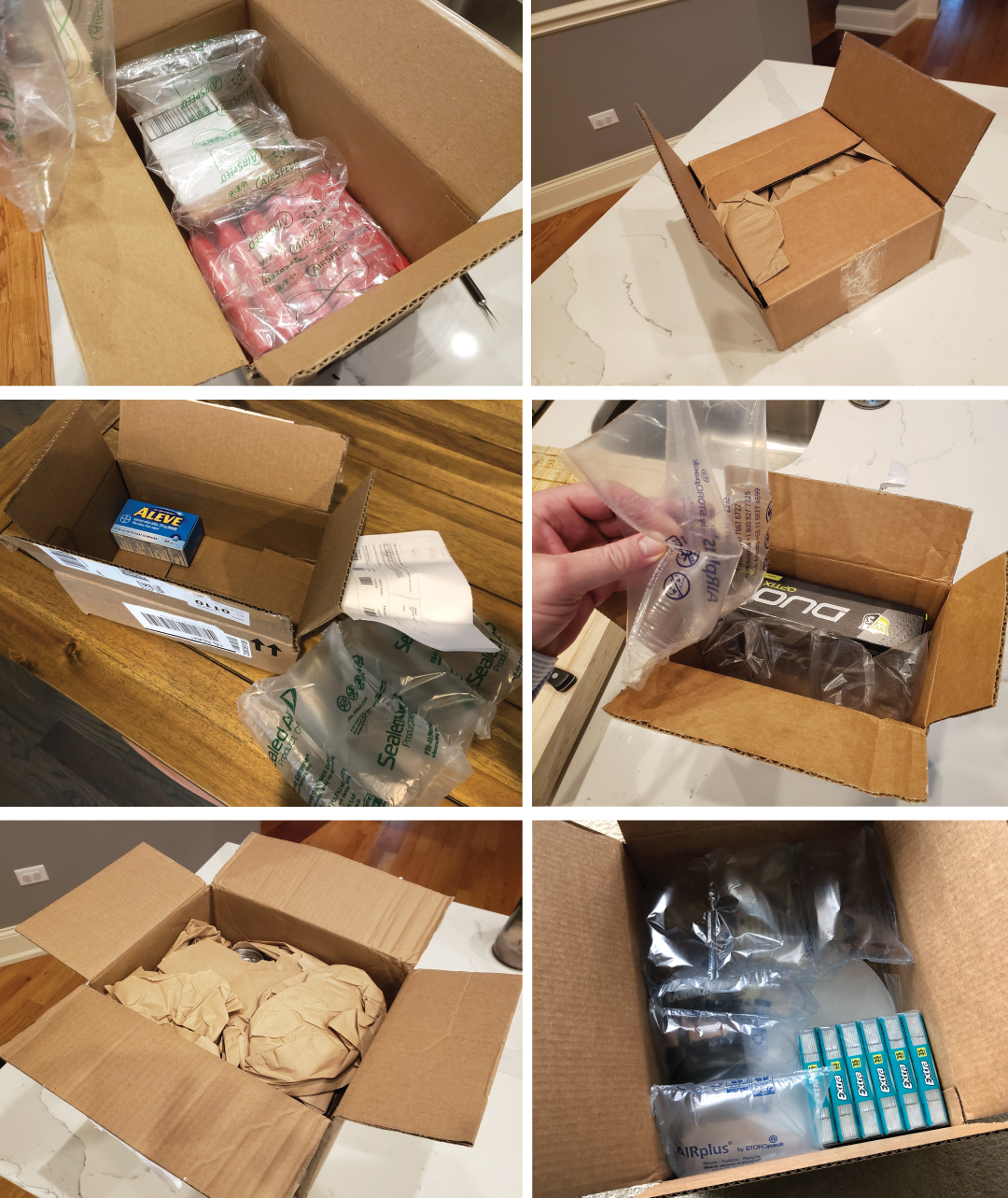Strategy
Disinfecting Brand Behavior

Fred Richards
CMO & Partner
March 24, 2021
“Uncertain times call for extraordinary measures,” a deep-voiced fatherly figure intones as slow piano music plays. Stock images pan across the screen of families hugging each other, friends waving from cars, and pets, kids and delivery drivers all getting along. Yet, what were these ads even for? Toothpaste, car insurance, cereal, heart pills? It was difficult to distinguish between the brands, never mind which category, as they pushed the same message: we are all in this together. And while brands socially distanced their assets and reiterated they were there for us, in reality many of them were not. Of course, it is easy to pontificate and play Monday morning quarterback as the dust settles on ads from months ago. The valuable discussion involves what to do now. As unemployment remains at an incredibly high rate and governments struggle with finding answers, the swirl of uncertainty continues into the present. How can brands respond and evolve to this new landscape? We are experiencing real changes in consumer behavior and online shopping, so we must seize this incredible opportunity and support consumers not with trite messaging but with true brand solutions.
First, let’s recall some of the few epic moments facing Armageddon. Disinfectants, detergents and bleach were the hot commodities with canned meats, rice and pasta bringing up the rear. Footage on TV of the panic buying around the world was incredulous, why these consumers needed so much toilet paper was a mystery to me. What was even more frustrating with the panic buying was the lack of engagement by the brands themselves. The panic buying was reminiscent of Black Friday sales where consumers fight over products while brands say nothing about the behavior. The difference this time is that toilet paper and hand sanitizers have become the poster children over big screen, TVs and food blenders. In those first few weeks of quarantine, I scoured the aisles looking for any category or brand that was addressing the situation head on. Nothing! No stickering, no shelf wobblers, no reassurance. The lack of messaging left me simply thinking this was every man for himself and to keep consuming. With so many people out of work and businesses bragging about their profits, surely someone somewhere could connect the dots.
Now, a year later, we follow one-way signs in retailers with passive aggressive greeters barking orders to wear masks. And then there are others claiming rights violations to justify not wearing theirs. When did we become so selfish and shallow? Somehow, I feel the horse has bolted and it all seems in vain. Retail has never been more exposed and the piano music continues to play as consumers switch from shopping in-store to online. Normally it takes consumers a great deal of time to change their purchasing habits or brand allegiances. Not this time! Consumers quickly resorted to online shopping not in a moment of desire but desperation and this behavior will surely endure. I have been keen to document the changes in my own home, not immune to the circumstances. Have things changed? In great and many ways. It has now been weeks since the last time I ventured into a grocery store. From what used to be a weekly Saturday morning ritual to nothing at all. Will I venture back? Possibly. Yet I can no longer think of a reason to do so when delivery and convenience is the new solution in my home.

The unboxing experience abounds
Oversized boxes, minimal brand experiences, and excessive waste; a brief look into our team’s (underwhelming) experiences with e-commerce deliveries have left us yearning for more.
However, there is a startling disconnect between what I buy online and what shows up at my front door. Unboxing ceremonies abound with confusion and frustration, creating hilarity on some occasions and downright disappointment and frustration for others. The realities of supply and demand were in sharp relief as online retailers continually delayed shipments or personal shoppers substituted items at physical retailers. While some home deliveries resulted in a game of brand roulette, others genuinely surprised and delighted us with brands we normally would not consider. The most noticeable switch in our household occurred in the paper product category. Before the pandemic, we were Charmin and Bounty loyalists but we continue to purchase the brand substitutions that were delivered to us during the pandemic. Through online ads, coupons in the mail, and other small touchpoints, these alternative brands reinforced their relevance and we have been satisfied. As initial shocks to our supply chains have become more stabilized, changes in brand allegiance may still sweep across a wide range of categories from dairy to alcohol to pantry goods. For many consumers, this revolution will not be televised but rather posted on my social media.
During my many years designing in the CPG world, I have been fortunate to experience many consumer research groups. You name the category and I have seen the consumer munching on snacks late into the evening, providing their views while clients eagerly take notes. Consumers know the game of research, they can and do tell you what you like to hear and not necessarily what you need to know in conventional research settings. With this shift in online shopping and altered brand loyalty, we have an incredible opportunity to conduct research with a captive audience, to engage and learn like never before. Reinventing in-store shop-a-longs and in-home consumer research while also creating digital communities for meaningful conversations will provide the insight that brands need to know about their consumers’ lives. In the wise words of David Ogilvy, “the consumer is not a moron, she is your wife.” And she will not fall for trite advertising or soft piano music with the vapid stock images of the perfect family that appears to be oblivious to the ever-changing world. She will do the research herself and determine which brands’ corporate strategies, positioning, and retailer activation fit her lifestyle and which ones she will leave at the door.
